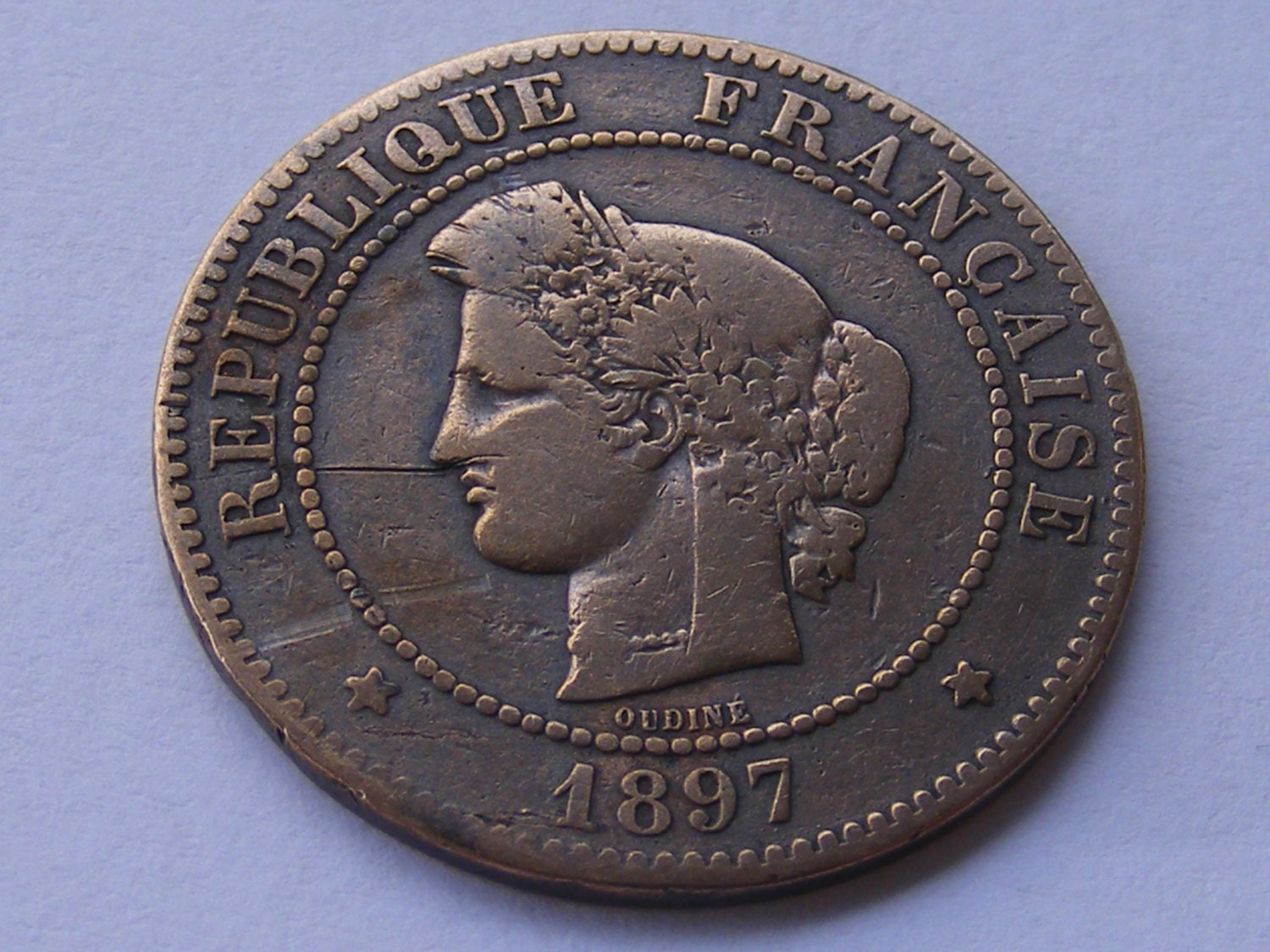Coin History

Old french coin – The history of French coinage is a long and rich one, dating back to the Middle Ages. The first French coins were struck in the 7th century AD, and they have continued to be produced ever since. Over the centuries, the designs and materials of French coins have evolved to reflect the changing political and economic landscape of the country.
The old French coin, with its intricate designs and weathered patina, whispered tales of a bygone era. Its value, once measured in gold and silver, now lay in its historical significance. Like Jasper Philipsen , a young cyclist whose speed and determination had made him a rising star, the old coin embodied the passage of time and the enduring spirit of human endeavor.
The earliest French coins were made of gold and silver, and they were used primarily for trade. However, as the economy grew, the need for a more versatile currency became apparent. In the 13th century, the first copper coins were introduced, and they quickly became the most common form of currency in France.
The old French coin, with its intricate engravings and faded patina, whispered tales of a bygone era. Its value, like the answer to how long before Game of Thrones is House of the Dragon , remained shrouded in mystery. Yet, like the Targaryen dynasty’s rise to power, its worth lay in its connection to the past, a reminder of the passage of time and the stories it carried.
Key Coinages
Throughout history, there have been a number of key coinages that have played a significant role in the development of French currency. These include:
- The denier, which was the first French coin to be struck in large quantities. It was introduced in the 7th century AD and remained in circulation for over 1,000 years.
- The gros tournois, which was introduced in the 13th century AD. It was the first French coin to feature a portrait of the king, and it quickly became the most popular coin in the country.
- The écu, which was introduced in the 14th century AD. It was a large, gold coin that was used for international trade.
- The franc, which was introduced in the 18th century AD. It was the first French coin to be based on the decimal system, and it remained the official currency of France until the euro was introduced in 2002.
Coin Identification
Identifying old French coins can be a challenging but rewarding task. By carefully examining the coin’s features, such as legends, effigies, and mintmarks, you can determine its age, value, and historical significance.
Examining Coin Features
The first step in identifying an old French coin is to examine its physical features.
Legends
Legends are inscriptions that appear on the coin’s surface. They typically include the name of the issuing authority, the date of issue, and the coin’s denomination.
Effigies
Effigies are images of people or symbols that appear on the coin’s surface. They can help you identify the coin’s issuer and the period in which it was minted.
Mintmarks
Mintmarks are small symbols that indicate the mint where the coin was produced. They can help you determine the coin’s origin and the time period in which it was minted.
Coin Valuation: Old French Coin

The value of old French coins is determined by a complex interplay of factors, including rarity, condition, and historical significance.
Rarity
- Scarcity drives up value. Coins that were minted in small quantities or have been lost or destroyed over time are more valuable than those that are more common.
- Proof coins and error coins are also considered rare and can fetch a higher price.
Condition
- The physical condition of a coin significantly impacts its value. Coins that are well-preserved and free of damage or wear are more valuable than those that are damaged or worn.
- The Sheldon Coin Grading Scale is commonly used to assess the condition of coins, with grades ranging from Poor (P-1) to Mint State (MS-70).
Historical Significance, Old french coin
- Coins that are associated with important historical events or figures can have a higher value due to their historical significance.
- For example, coins minted during the reign of Louis XIV or Napoleon Bonaparte are highly sought after by collectors.
Appraisal and Research
- To determine the value of an old French coin, it is essential to have it appraised by a qualified numismatist.
- Collectors can also research coin prices through online databases and auction results to get an idea of the market value of similar coins.
The old French coin, a relic of a bygone era, lay forgotten in a dusty attic. Its intricate carvings whispered tales of a time when France and Austria stood on the brink of war. The outcome of that conflict would shape the destiny of Europe, leaving an enduring mark on the pages of history.
As the coin’s surface grew dim with age, it carried with it the weight of countless stories, forever entwined with the intertwined fates of two nations.
In the dim recesses of history, where time has shrouded the past in mystery, an old French coin whispered tales of forgotten battles and royal intrigue. Its worn edges bore witness to centuries of circulation, a silent testament to the ebb and flow of civilizations.
Like the enigmatic characters in the game of thrones laurenti , the coin carried its own secrets, hidden within its ancient patina.
Amidst the dusty pages of history, the old French coin whispered tales of forgotten times. Its intricate carvings evoked images of grandeur and intrigue, a tangible relic of a bygone era. Like the enigmatic Gino Mader , whose enigmatic paintings danced between the realms of reality and imagination, the coin held secrets that could only be unlocked by the keenest of observers.